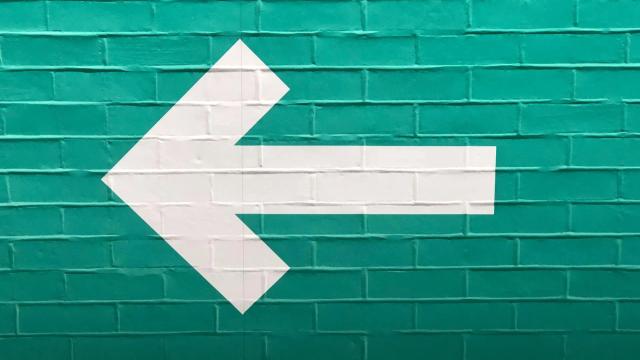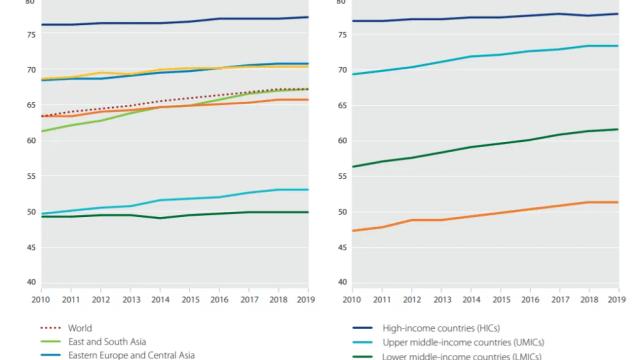Using the Sustainable Development Goals to guide the Covid-19 recovery
It is now clear that Covid-19 presents a major setback for the SDGs.
At the time of writing, the virus has claimed almost a million lives and disrupted the entire world, sparing no region. An estimated 71 million people are expected to be pushed back into extreme poverty this year and as many as an additional 132 million people may go hungry. These devastating impacts are even further amplified in low-income countries and among vulnerable groups.
While it has become harder to achieve the SDGs, they remain achievable. They are also affordable according to the IMF and the SDSN , at roughly 2% of global output with 0.5% needed to fill financing gaps in the poorest countries.
Some people criticise the goals , but they have not demonstrated technological or other operational obstacles to achieving the SDGs. The bottom line is that the goals can be met if the world wills the means.
This will require taking stock of lessons learned and charting long-term recovery paths that are based on the SDGs. The SDGs are global goals that balance the environmental, social and economic dimensions of sustainable development. They provide a framework for making societies resilient. Failure to meet the SDGs would lead to climate and biodiversity crises as well as rising inequalities that will threaten current and future generations in all countries.
Progress towards the Sustainable Development Goals
Before Covid-19, most countries were making progress towards the SDGs, as shown in this year’s Sustainable Development Report 2020 (SDR2020) issued by the Sustainable Development Solutions Network (SDSN) and the Bertelsmann Stiftung.
While no country was on track to achieve all SDGs, most countries progressed towards the goals. Among UN regions, East and South Asia have progressed the most.
The world has seen the most rapid progress towards eradicating poverty ( SDG 1 ), enhancing industry, innovation and infrastructure ( SDG 9 ) and fostering sustainable cities and communities ( SDG 11 ). By contrast, even before Covid-19, many parts of the world progressed slowly or experienced reversals in progress , towards eradicating hunger ( SDG 2 ) and protecting and restoring life on land ( SDG 15 ) and other goals.
Taking stock of lessons learned
If the SDGs had been heeded earlier, the ability of countries to respond and control global health security issues, like pandemics, would be much more effective.
SDG 3.D calls for “early warning, risk reduction and management of national and global health risks,” but many countries, including rich countries, overlooked the target. Yet, greater foresight and decisive action could have saved many lives. Many low-income countries, notably Cambodia, Lao PDR, and Vietnam, have so far largely suppressed the epidemic at low cost.
The SDR2020’s pilot assessment of OECD countries’ early response effectiveness to Covid-19, covering 4 March to 12 May, suggests that countries in the Asia-Pacific region — especially South Korea — as well as the Baltic States, were best able to mitigate the health and economic impacts of the pandemic over that period. Primarily through social distancing and the widespread use of protective personal equipment, combined with an early focus on testing and contact tracing. The early success of South Korea and other Asian countries might also be explained, at least partly, by their recent experience with the Middle East respiratory syndrome (MERS) in 2015.
Covid-19 has shown us that countries will only be able to protect themselves from future pandemics if health systems are strengthened
Surprisingly, existing international benchmarks of governments’ “preparedness” to face global security issues (including pandemics), often led by the United Kingdom and the United States, turned out to be poor predictors of governments’ early response effectiveness during Covid-19. Best practices during the Covid-19 pandemic, especially those adopted in Asia-Pacific countries, should be documented and disseminated rapidly. Understanding failures in political leadership and coordination is also critical, as well as increasing the awareness and adoption of successful strategies to suppression transmission (a key aim of the new Lancet Covid-19 Commission).
As Covid-19 continues to devastate the world, it is also gravely amplifying income inequalities and other forms of inequality. It has also shown us that countries will only be able to protect themselves from future pandemics if health systems are strengthened. More robust, comparative, and timely data are equally essential for strengthening strategic foresight, risk management, and resilience.
To get back on track, we need a strong framework for guiding government actions for the immediate post-crisis recovery and framing long-term strategies.
Six SDG Transformations
In 2019, a group of international experts and scientists proposed that the 17 SDGs can be achieved through six SDG Transformations : (1) education and skills; (2) health and wellbeing; (3) clean energy and industry; (4) sustainable land use; (5) sustainable cities; and (6) digital technologies. All are guided by the principles of “leave no one behind” and “ensure circularity and decoupling.” Together these transformations provide a framework for a recovery from Covid-19 based on the SDGs.
To implement the six SDG Transformations, governments should consider three changes.
First, they need to emphasise long-term planning with support from science, engineering, and public policy. Countries should consider medium-term targets with time horizons of 10-30 years (i.e. 2030 for the SDGs and 2050 for the Paris Agreement) and develop policy pathways for achieving them.
The Covid-19 crisis has revealed deep vulnerabilities in health systems due to a lack of preparedness in many countries, including Western European countries
Yet, since the 1990s, many OECD countries have lost capacities for strategic foresight and planning. The Covid-19 crisis has revealed deep vulnerabilities in health systems due to a lack of preparedness in many countries, including Western European countries. The recent appointment in France of a High-Commissioner for Planning and Foresight in August 2020 demonstrates a political will to integrate more effectively long-term considerations into policy frameworks and government strategies in France in the aftermath of Covid-19.
Second, budgetary frameworks, and financing must be aligned with these long-term pathways to strengthen public SDG investment alongside private financing. To mobilise private financing and direct it towards each SDG Transformation, governments can use corrective pricing through taxes, charges, or tradable permits or direct regulation and mandates, such as land/ocean use planning, building codes, or bans on hazardous products. Cabinet-wide coordination is needed, typically in the office of the president or prime minister.
Third, the SDG Transformations can only succeed if they enjoy societal legitimacy, so political processes should engage the public in participatory decision making and promote transparency and accountability. Recent engagement processes launched in Finland , France and the United Kingdom (among others) are progressing in the right direction.
Lastly, the post-Covid-19 recovery will need to be investment-led as aggregate demand, income and trade will continue to remain largely disrupted. To guide the recovery using these transformations , relationships between markets and governments must be rebalanced, with governments playing a more central role in the economy through public investments ( particularly within health systems ), redistribution of incomes from rich to poor, and regulation of industry to ensure environmental and social sustainability.
Considering their size and importance in the global economy, G20 countries should intensify policy efforts and actions for a Covid-19 recovery built around the SDGs.
This article was initially published on Apolitical .

